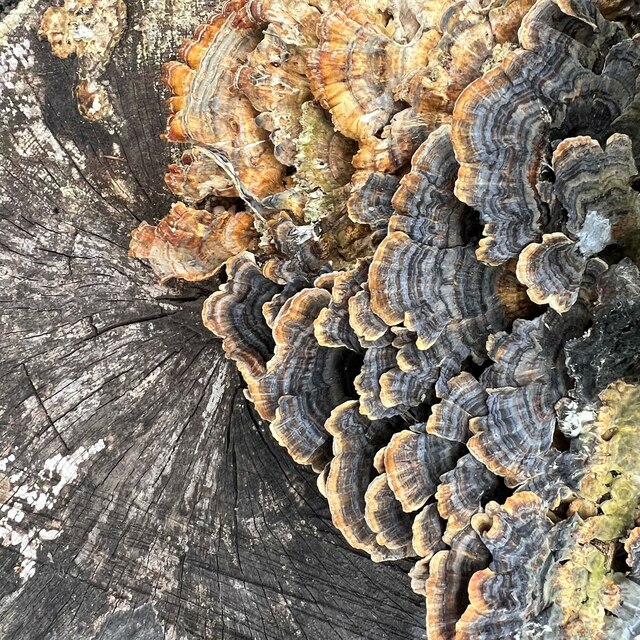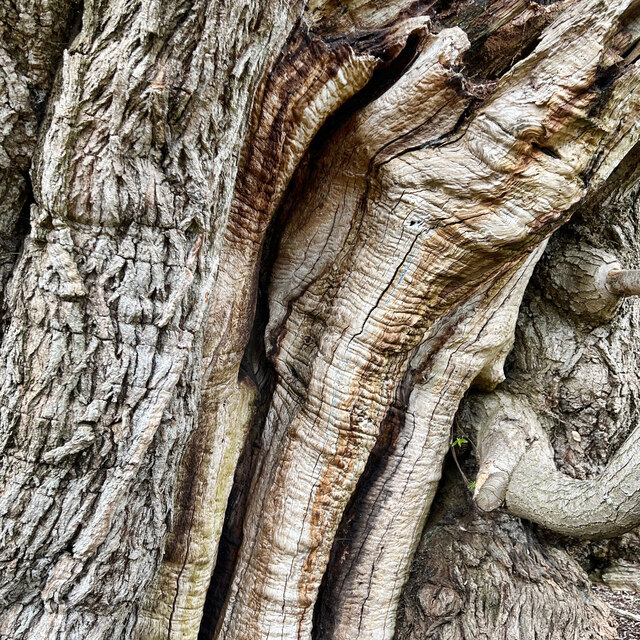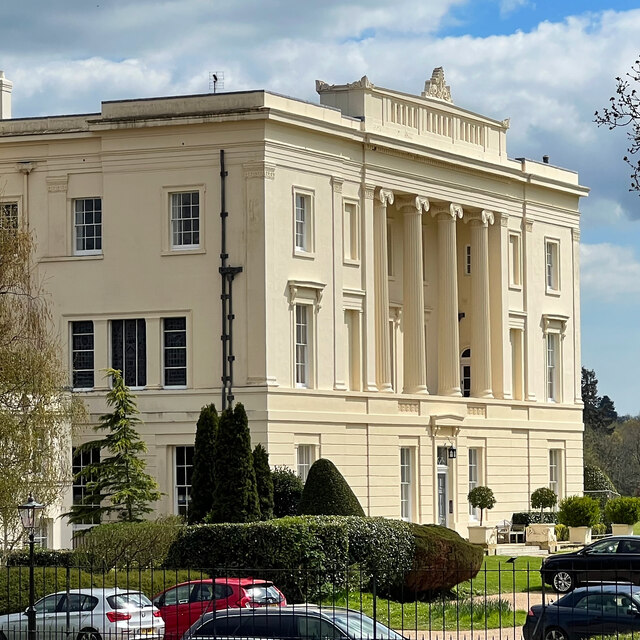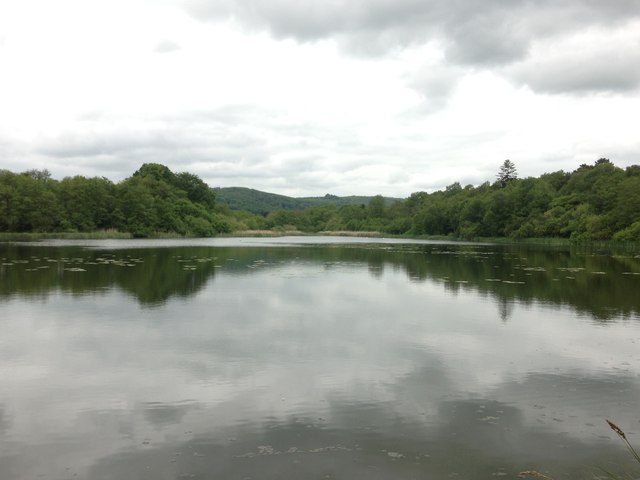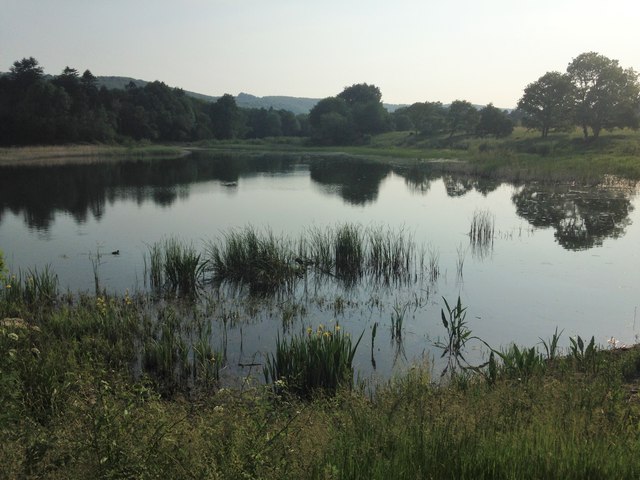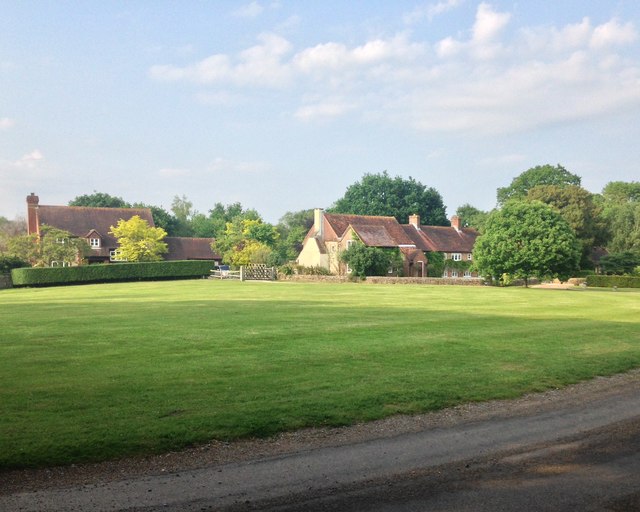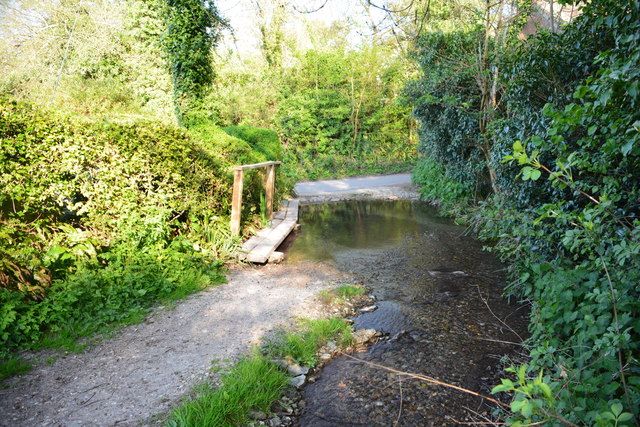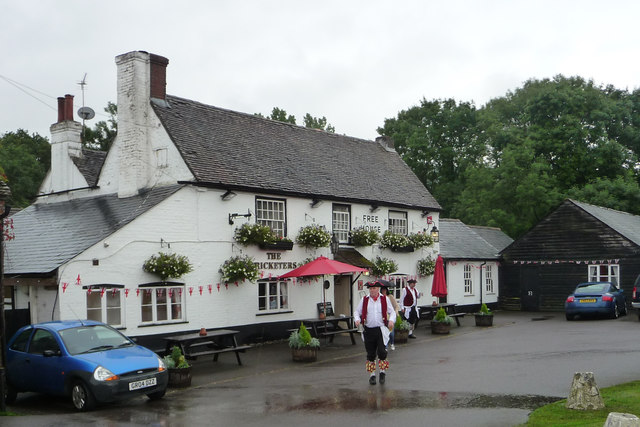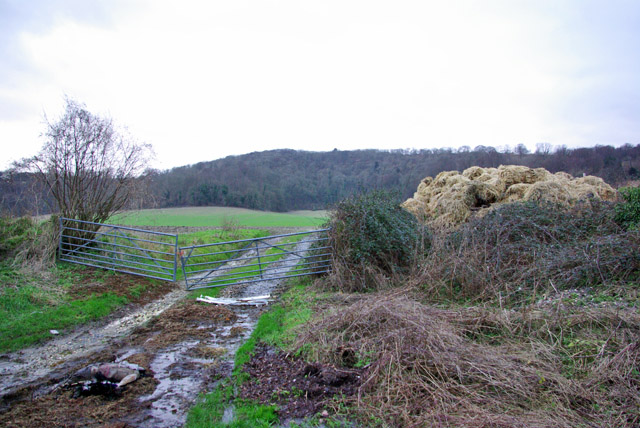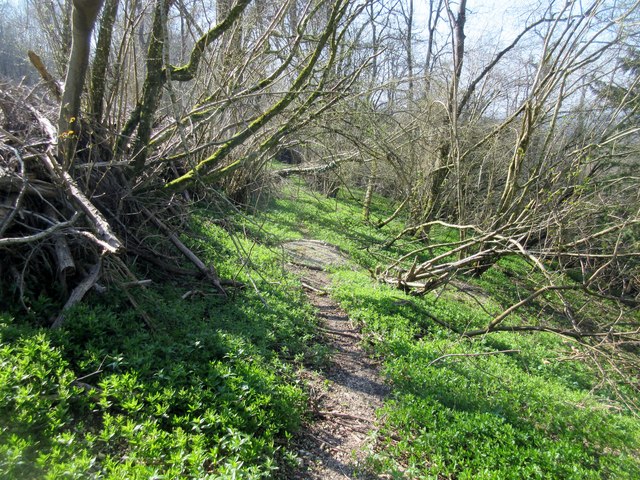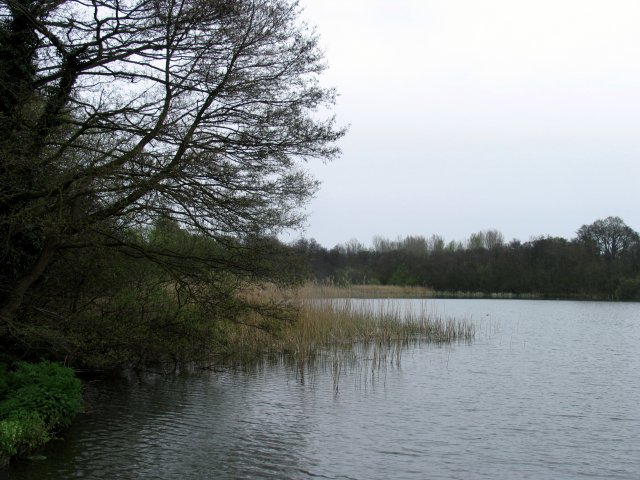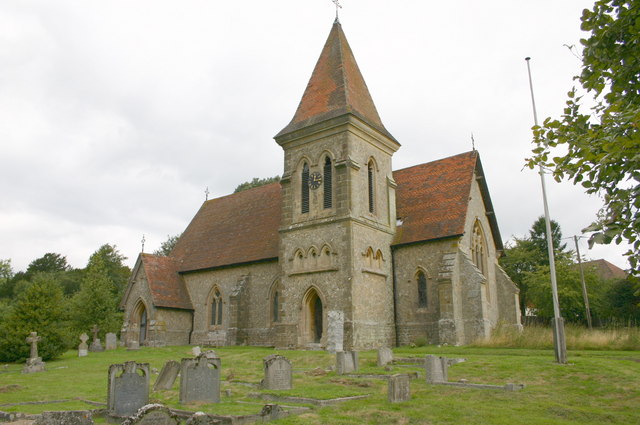Limekiln Copse
Wood, Forest in Sussex Chichester
England
Limekiln Copse
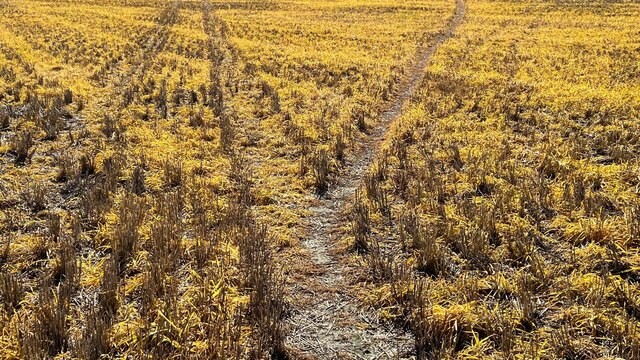
Limekiln Copse is a picturesque woodland located in Sussex, England. Covering an area of approximately 50 acres, it is a popular destination for nature enthusiasts and hikers alike. The copse is characterized by its dense foliage, consisting mainly of lime trees, which give the area its name.
The forest floor is carpeted with a variety of flora, including bluebells, ferns, and wild garlic, creating a vibrant and diverse ecosystem. It is a haven for wildlife, with numerous bird species such as woodpeckers, nuthatches, and tawny owls calling the copse their home. Small mammals like foxes, badgers, and squirrels can also be spotted in the area.
Limekiln Copse offers several well-maintained trails, allowing visitors to explore the woodland at their own pace. These paths wind through the trees, offering stunning views of the surrounding landscape. The copse is particularly beautiful in spring, when the trees burst into vibrant green hues and the forest floor is adorned with a carpet of colorful wildflowers.
In addition to its natural beauty, Limekiln Copse also holds historical significance. It is believed that the woodland was once used for lime burning, a process used to make lime for construction purposes. The remnants of old kilns can still be found scattered within the copse, serving as a reminder of its past.
Overall, Limekiln Copse is a treasure trove of natural beauty, biodiversity, and historical importance. It is a serene escape for those seeking solace in nature and a perfect destination for anyone looking to immerse themselves in the enchanting woodlands of Sussex.
If you have any feedback on the listing, please let us know in the comments section below.
Limekiln Copse Images
Images are sourced within 2km of 50.937683/-0.61331104 or Grid Reference SU9716. Thanks to Geograph Open Source API. All images are credited.
![Burton House Originally built in 1831 as a private residence for Henry Bassett, Burton Park [House] served for many years as a girl's school - St Michael's. The mansion, like many others in West Sussex, has been converted into luxury housing. Many of the grandest rooms in the building are now incorporated into spectacular apartments - and a cluster of very attractive houses have been built to the north and east of the building. [taken from WestSussex.info]](https://s2.geograph.org.uk/geophotos/07/44/58/7445870_7eb89a4c.jpg)
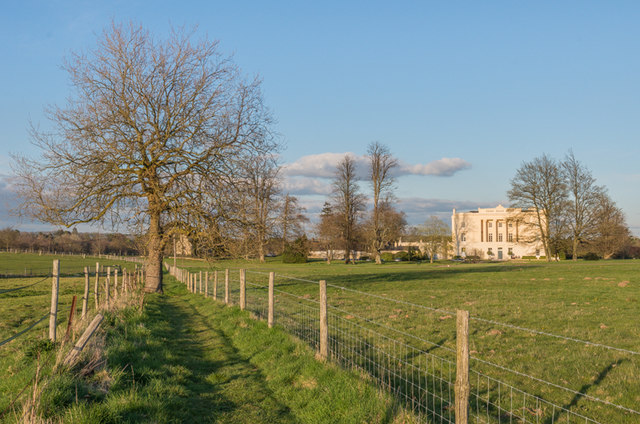
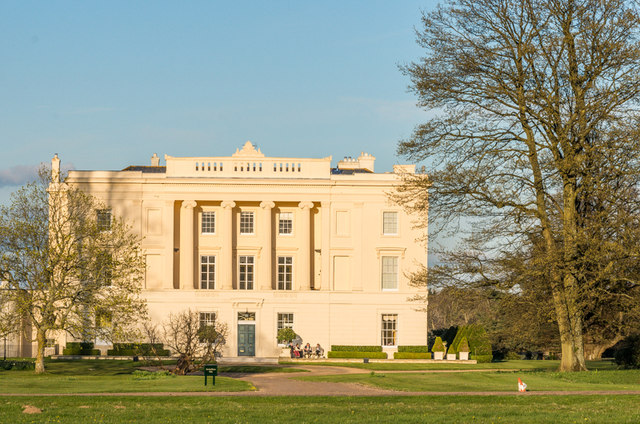
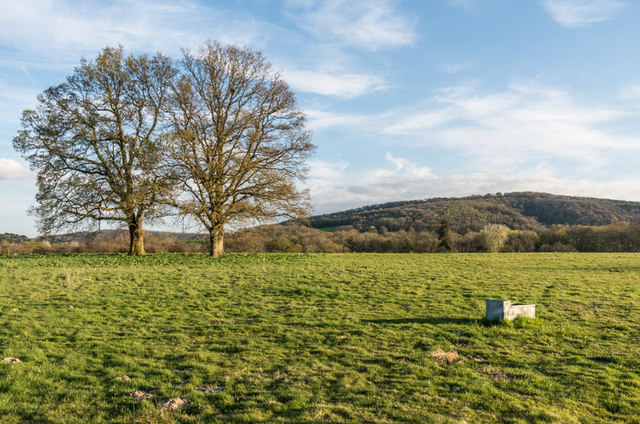

Limekiln Copse is located at Grid Ref: SU9716 (Lat: 50.937683, Lng: -0.61331104)
Administrative County: West Sussex
District: Chichester
Police Authority: Sussex
What 3 Words
///gossiping.agents.bristle. Near Petworth, West Sussex
Nearby Locations
Related Wikis
Barlavington
Barlavington is a small village and civil parish in the Chichester district of West Sussex, England. The village is situated about four miles (6.4 km)...
Sutton, West Sussex
Sutton is a village and civil parish in the District of Chichester in West Sussex, England, located six kilometres (4 miles) south of Petworth and east...
Burton Park SSSI
Burton Park SSSI is a 57.7-hectare (143-acre) biological Site of Special Scientific Interest west of Pulborough in West Sussex. A larger area of 63 hectares...
Burton Park
Burton Park is a 19th-century country house in the civil parish of Duncton in West Sussex, and is situated 1/2 a mile to the east of the village of Duncton...
Bignor Park
Bignor Park is a privately owned country house and estate near the village of Bignor, in West Sussex, England, on the edge of the South Downs. The house...
Duncton
Duncton is a village and civil parish in the District of Chichester in West Sussex, England. The village is in the South Downs 3 miles (5 km) south of...
Bignor
Bignor is a village and civil parish in the Chichester district of the English county of West Sussex, about six miles (9.7 km) north of Arundel. It is...
Duncton to Bignor Escarpment
Duncton to Bignor Escarpment is a 229-hectare (570-acre) biological Site of Special Scientific Interest west of Pulborough in West Sussex. It is a Special...
Nearby Amenities
Located within 500m of 50.937683,-0.61331104Have you been to Limekiln Copse?
Leave your review of Limekiln Copse below (or comments, questions and feedback).
